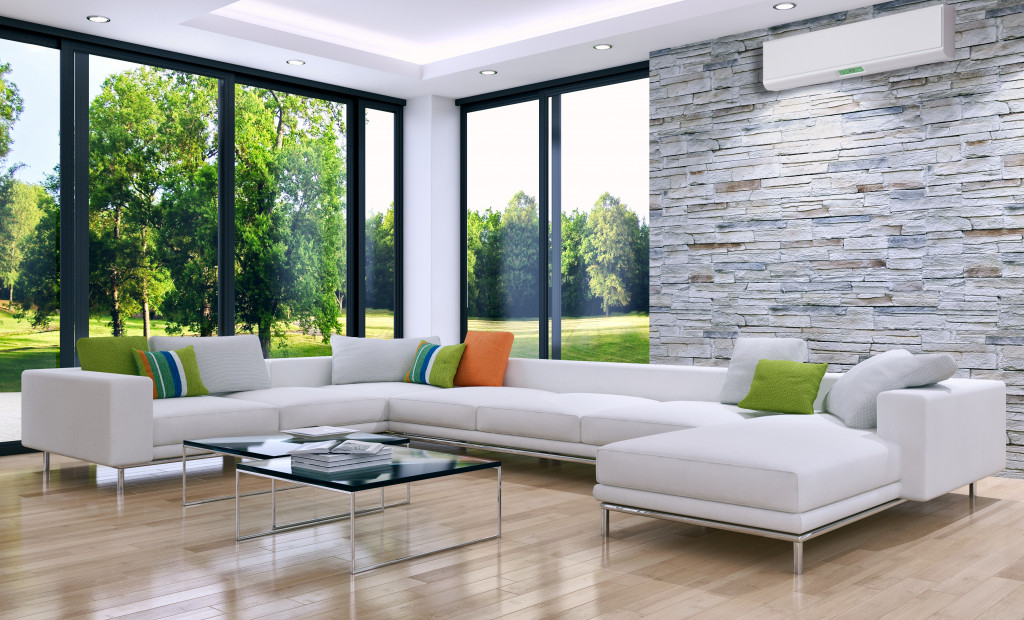Many individuals are used to living on autopilot, making it hard for them to make intentional decisions about how they want to live their lives. If you’re on autopilot, you tend to do things without thinking, you overcommit, you have predictable routines, and you waste time. This also forces you to stop challenging yourself and experiencing new things that fuel your personal growth and discovery.
One effective way to stop living on autopilot is to become intentional with your life decisions and choices. Living intentionally is not just a trend or a specific aesthetic like most people associated it with. It’s about understanding your real values, being mindful of your actions, and slowing down. It’s about asking yourself why you do this and making the necessary changes so you can live happily. If you’re planning to live intentionally, you can start with your home.
1. Know your intentions
You need to be clear about your intentions first before you can start rearranging your living space. List down the things your physical and mental health need to call your home safe and functional. Have a quiet time and ask yourself what you need. Do you need a light-filled kitchen for preparing and cooking scrumptious meals for your family? Perhaps you need a private and quiet room to create, write, read, and meditate without any physical distractions? Or, maybe you need more space where you and your friends can get together?
2. Start purging
After writing your list, you can now clear everything that doesn’t resonate with your intentions. You can start one room at a time and sift through each item. You can decide whether to keep an item or let it go by identifying what emotion it contributes to your well-being. If it makes you feel obligated, annoyed, or guilty, then it’s time to let it go. Get rid of items that are incomplete, broken, nonfunctional, or excessive. For items that are left, ensure to find a home for everything. You can use filing and reminder systems to organize both your physical and digital files or build accessible clutter-free counters for your kitchen appliances.

3. Set each room’s purpose
A room with a confused purpose can negatively impact your overall wellness, making you feel overwhelmed or disorganized. Now, this doesn’t mean that you can’t have multi-purpose rooms. As long as the purposes are clear, you’re good to go. To make a room’s purpose clear, the layouts and furniture should align with what the space is for. For instance, if you want to create a stunning low-maintenance kitchen, check if the materials you use for the countertops and cabinetry are aesthetically pleasing, easy to clean, and long-lasting.
One smart option for this is quartz countertops, which are popular for their stunning visual, durability, and fewer maintenance requirements. This engineered stone is the perfect choice if you want to create a beautiful kitchen that doesn’t require much attention when it comes to cleaning or repairs. In case you’re planning to create a multi-purpose room, you need some tricks for clearer purposes. For example, if you’re planning to use your home office as your meditation space, you can set up a big area rug to define the space. Or, you can also put up temporary wall dividers for better segmentation.
4. Add greens and colors
Practical decorations are crucial for creating an intentional living space. Plants, for example, are living elements that don’t only act as decor but can also change the vibe and energy in your home. Houseplants can improve your indoor air quality, boost focus and productivity, lower stress and anxiety, and enhance your mood. Another element to think about is the colors you’ll incorporate in your home. If you’re creating a home that promotes relaxation and calmness, greens and blues are some of the best options.
Or, you can go for brighter colors like pinks or yellows if you want to craft a home that promotes socialization and energy. Colors should reflect the environment that you want to live in. Just make sure to keep them in balance. Using too few or too many colors can make the space uninspiring and unappealing to you. You can bring color into your home through artwork, live or dried flowers, throw blankets, pillars, and containers or organizers.
Aligning your living space with your soul and spirit is the best starting point to living intentionally. These design tips will help you create a sanctuary where you can feel safe and surrounded by things you need and value. Craft an environment that is uplifting and inspiring, and can impact your physical, mental, and emotional well-being. Use this as your starting guide.







